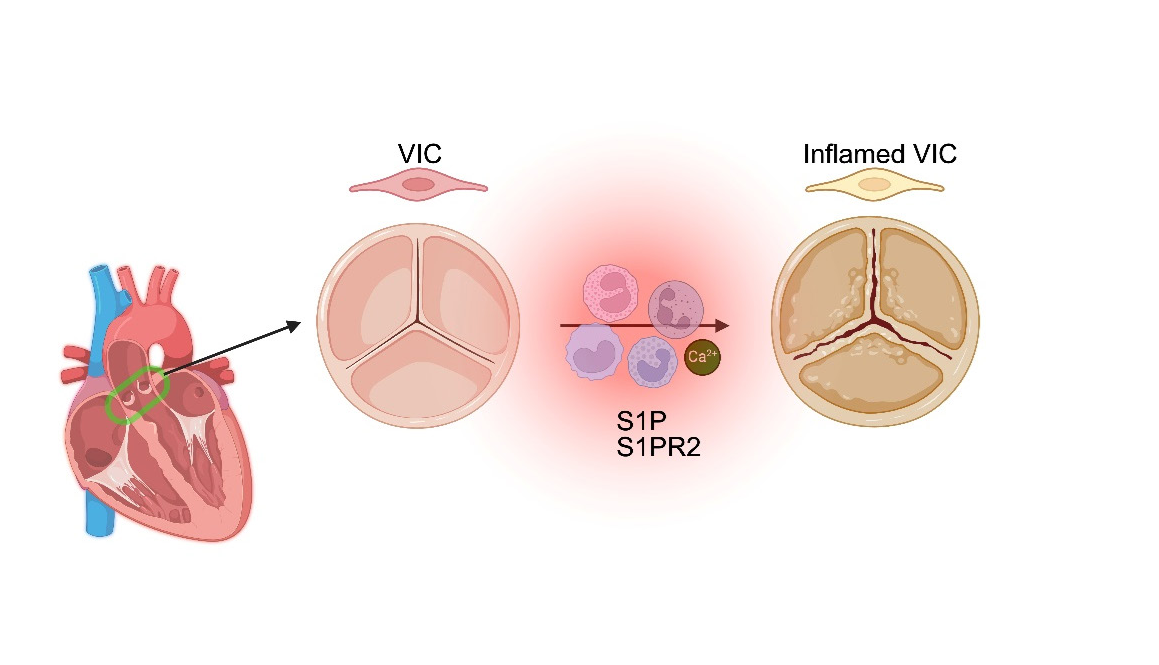Unravelling the Role of Sphingosine-1-Phosphate Signaling in Promoting Aortic Stenosis
DOI:
https://doi.org/10.5530/bems.11.1.3Keywords:
Sphingosine-1-Phosphate, Network pharmacology, Calcification, Valves, HemodynamicsAbstract
Aortic Stenosis (AS) is one of the most common life-threatening cardiovascular conditions, particularly among the aging population. AS is characterized by the progressive narrowing of the aortic valve due to calciἀc degeneration, leading to increased left ventricular workload, heart failure, and ultimately, mortality if left untreated.1,2 Historically, AS has been considered a passive degenerative disease associated with aging and mechanical stress. However, recent research has shed light on the active molecular and cellular mechanisms that drive its progression.1,3 One such emerging pathway of interest is Sphingosine-1-Phosphate (S1P) signalling, which has been identiἀed as a crucial modulator of osteogenic diḀerentiation and valvular calciἀcation. The recent study oḀers critical insights into the mechanistic role of S1P signalling in AS and proposes a potential therapeutic avenue for intervention.3

Downloads
Published
How to Cite
Issue
Section
License
Copyright (c) 2025 Author(s)

This work is licensed under a Creative Commons Attribution-NonCommercial-NoDerivatives 4.0 International License.









